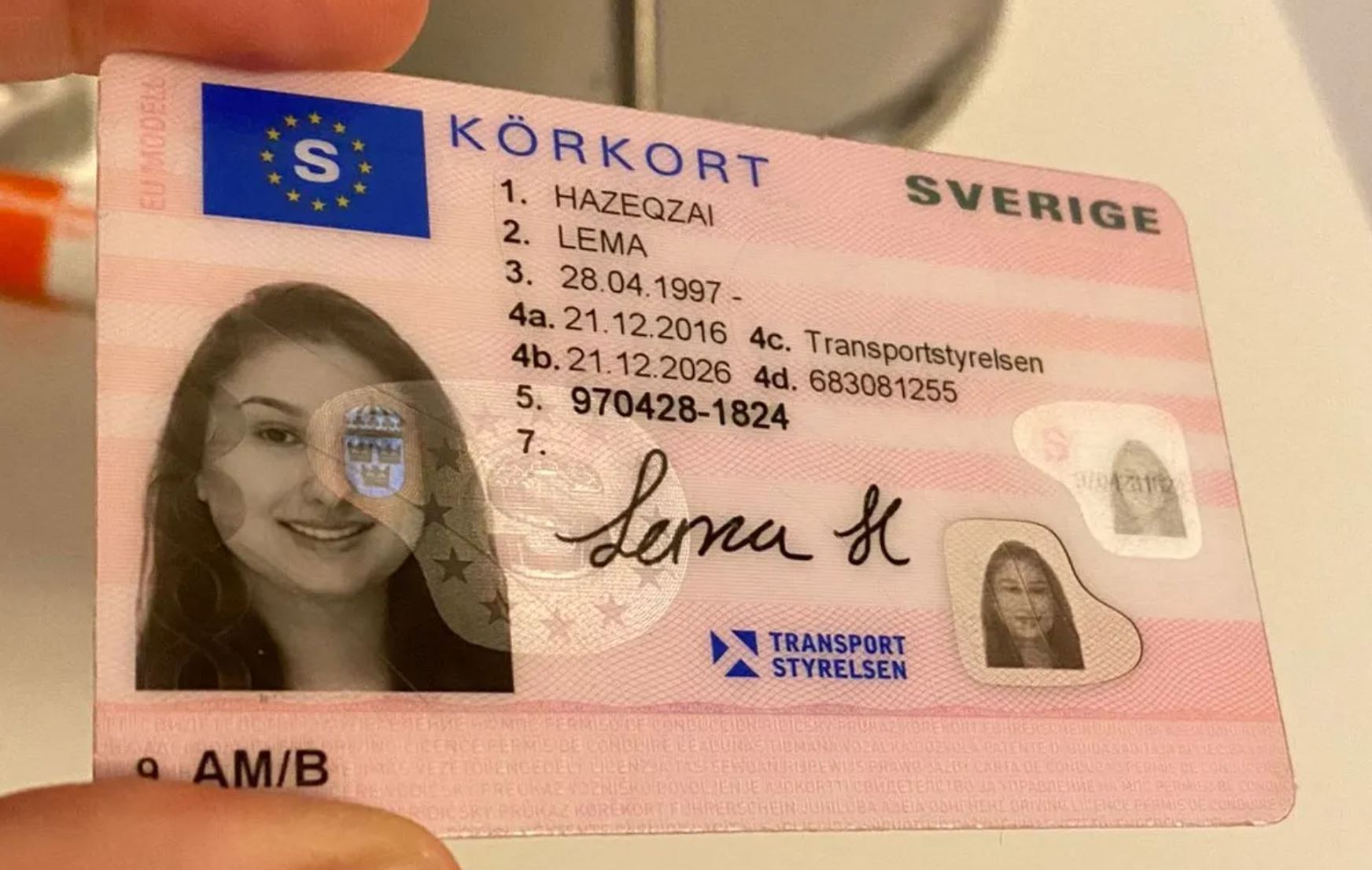How Address Transportstyrelsen Its Rise To The No. 1 Trend On Social M…
페이지 정보
작성자 Noble 작성일25-09-11 13:51 조회24회 댓글0건본문
Understanding Transportstyrelsen: Sweden's Transport Agency
Transportstyrelsen, or the Swedish Transport Agency, Korkortsonline plays a vital role in the management and regulation of various transport sectors within Sweden. Accountable for guaranteeing safe, efficient, and sustainable transport systems, this company oversees a large variety of transport modes, including roadway, rail, air travel, and maritime. This article delves into the company's structure, functions, regulations, and influence on the Swedish transportation landscape.
Overview of Transportstyrelsen
Established mostly to streamline the management of the transportation sector, Transportstyrelsen combines multiple functions associated with traffic safety, facilities, internationellt körkort transportstyrelsen and ecological impact. The company runs under the Ministry of Infrastructure and works in partnership with local federal governments, personal sector stakeholders, and international organizations.
Key Functions of Transportstyrelsen
Transportstyrelsen's duties encompass a broad scope, which can be summarized as follows:
Regulatory Framework Development
- Develop guidelines and KöRkortonline Test, Https://Wiki.Apeconsulting.Co.Uk/, standards for all transport modes.
- Display compliance and enforce relevant laws and instructions.
Licensing and Registration
- Handle the licensing process for motorists and transportation organizations.
- Preserve a detailed database of registered cars and aircraft.
Traffic Safety Promotion
- Conduct research and collect data on transport safety.
- Implement projects targeted at increasing public awareness about traffic security.
Sustainability Initiatives
- Promote ecologically friendly transportation services.
- Encourage the adoption of electric and alternative fuel automobiles.
International Collaboration
- Engage with other European and international transportation authorities.
- Take part in efforts focused on balancing transportation policies throughout borders.
Organizational Structure
Transportstyrelsen is organized into several departments, each concentrating on specific transportation modalities:
- Road Traffic Department
- Train Department
- Maritime and Air Traffic Department
- Environment and Sustainability Department
- Economic Analysis and Strategy Department
This structure enables specialization and focused efforts in managing the varied elements of transport within Sweden while ensuring that all departments work collaboratively toward common objectives.
| Department | Key Responsibilities |
|---|---|
| Road Traffic Department | Manages motorist licensing, vehicle registration, and road security policies. |
| Train Department | Oversees railway safety, facilities development, and service quality. |
| Maritime and Air Traffic Department | Manages shipping and aviation, making sure compliance with security requirements. |
| Environment and Sustainability Department | Addresses transport-related environmental concerns and promotes sustainability practices. |
| Financial Analysis and Strategy Department | Carries out financial analyses to notify policy and technique on transport efforts. |
Influence on the Swedish Transport System
Transportstyrelsen's influence on the Swedish transportation system is extensive. The agency's guidelines and policies shape the safety, efficiency, and De köRkort environmental impact of transport in Sweden. Key contributions include:
- Enhanced Safety Standards: By setting strict safety regulations and constantly keeping track of compliance, the company helps lower mishap rates and enhance general roadway, rail, and air safety.
- Promotion of Public Transport: Through financial investments and support for public transportation systems, the company encourages a shift from private vehicle dependence to more sustainable and ecologically friendly transportation modes.
- Assistance for Innovations: The company promotes development in the transportation sector by supporting brand-new innovations such as electric lorries and smart traffic systems, intending to fulfill both current and future obstacles in transport logistics and environmental management.
Regulation Compliance
To ensure compliance with Transportstyrelsen's guidelines, stakeholders in the transport sector need to comply with numerous guidelines and requirements. This consists of getting essential licenses, undergoing inspections, and submitting reports on safety performance.
Essential Compliance Areas
- Chauffeur Licensing Requirements
- Car Inspection Standards
- Security Protocols for Transport Operations
- Ecological Regulations for Vehicle Emissions
- Operational Standards for Public Transport Services
Violations of these guidelines can cause considerable penalties, consisting of fines and the revocation of permits or licenses.

Often Asked Questions (FAQs)
What is Transportstyrelsen?Transportstyrelsen, or the Swedish Transport Agency, is the government authority accountable for controling all elements of transport in Sweden, including road, rail, maritime, and air travel sectors. How does Transportstyrelsenguarantee security in transportation?The agency develops and implements guidelines, performs research, and executes safety projects to promote safe transport practices among all roadway users. What types of lorries does Transportstyrelsen regulate?Transportstyrelsen controls a wide variety of vehicles, consisting of automobile, commercial vehicles, motorbikes, airplane, and maritime
vessels. How can I contact Transportstyrelsen?Transportstyrelsen can be contacted through their main site where different resources, contact details, and types for questions are provided.
Exists an appeal process for licensing decisions made by Transportstyrelsen?Yes, individuals and companies can appeal choices made by Transportstyrelsen regarding licenses and guidelines as outlined in their official
standards. Transportstyrelsen is an important part of Sweden's transport landscape, making sure that the systems in place are not just efficient and effective but also safe and environmentally mindful. Its diverse obligations,
from guideline to public safety, develop a framework that benefits both the Swedish population and the broader transportation network. Understanding Transportstyrelsen's functions and functions helps stakeholders browse the intricacies of the transportation sector, fostering compliance and promoting developments needed for köpa Körkort online future sustainability.
댓글목록
등록된 댓글이 없습니다.

